
3D depth camera ToF can achieve safer and more accurate facial recognition
ToF technology has the advantages of simple principle, strong anti-interference ability, high imaging accu racy, good portability and easy integration. At…

ToF technology has the advantages of simple principle, strong anti-interference ability, high imaging accu racy, good portability and easy integration. At…
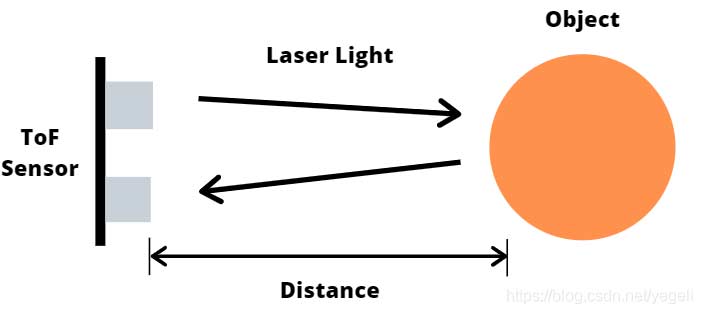
Distance measurement and object detection play an important role in many fields, including factory automation, robotics applications, and logistics. Especially…
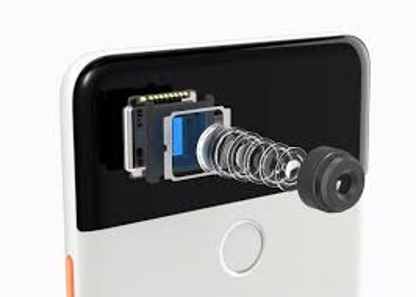
ToF sensor emits modulated near-infrared light, which is reflected after encountering an object, and then obtains the distance of the captured scene by…
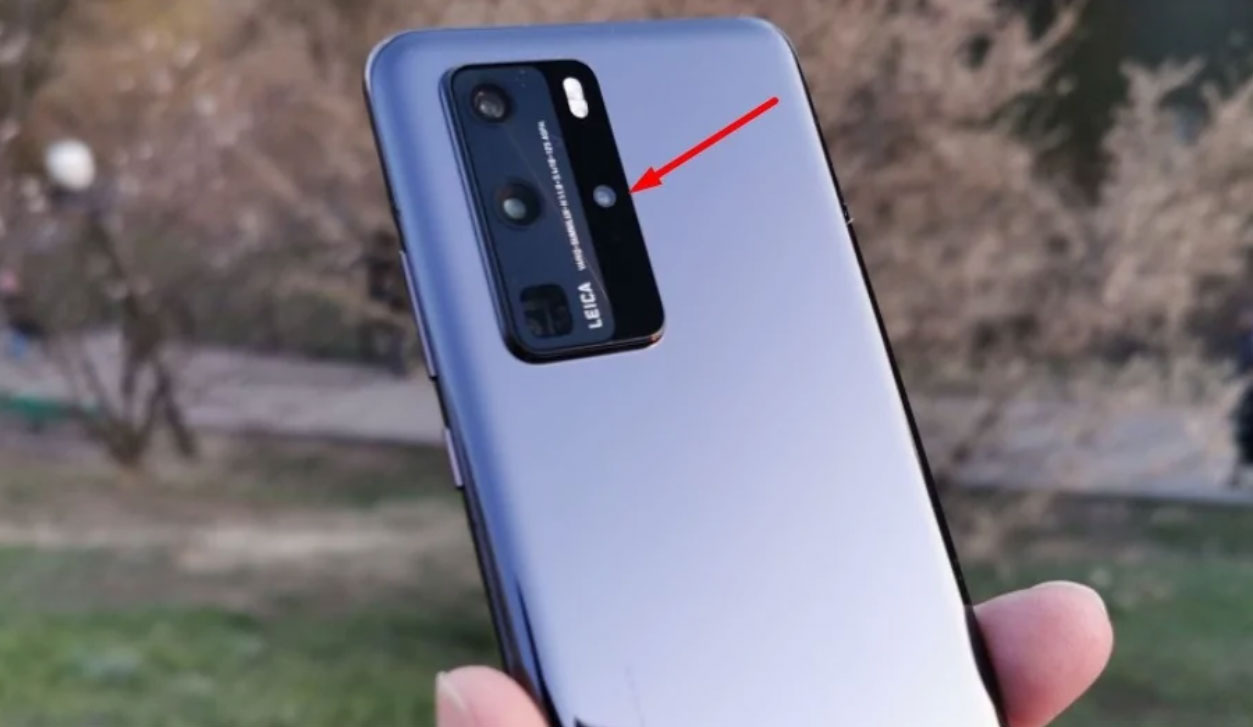
ToF camera and lidar are the same in principle, there is not much difference, ToF camera is more often called depth camera or 3D camera. lidar is also called…
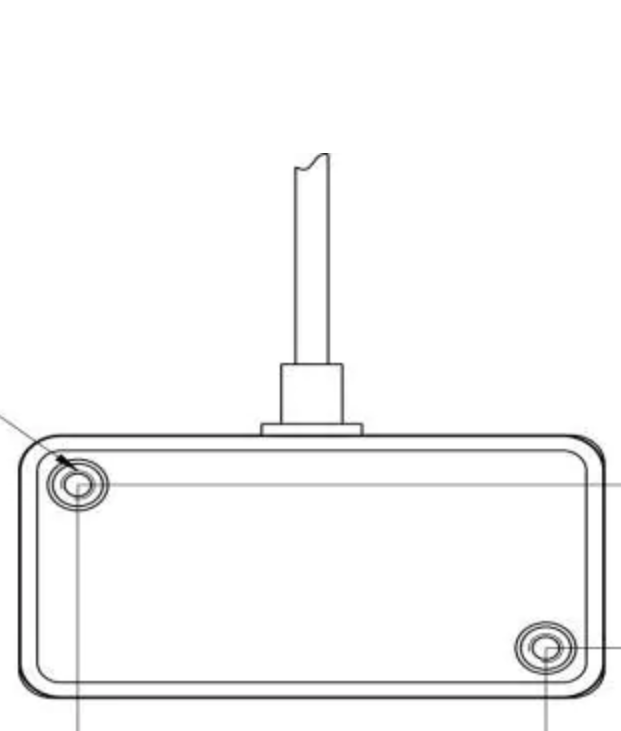
At present, there are several types of depth cameras, such as ToF camera, structured light, and laser scanning. Mainly used for robots, interactive games and…

DOMI team has rich experience in 3D image, computer vision, image processing and sensor fusion technology. our tof camera, tof sensor, 3d depth camera products…
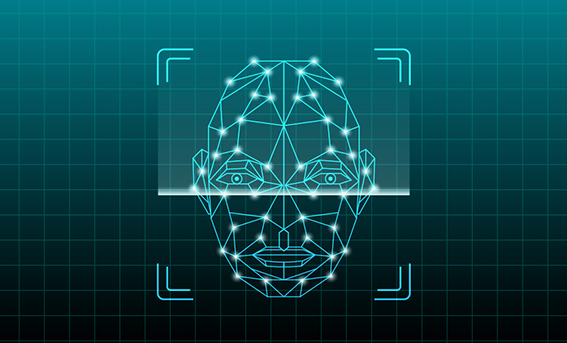
Face recognition is a kind of biometric identification technology based on human facial feature information. A series of related technologies that use tof…

the ToF sensor has significant advantages in practical applications. For example: post-processing is not required when calculating the depth of field after the…
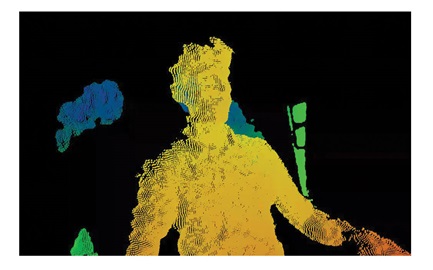
In addition to iToF series and dToF, DOMI also has RGB camera module series, which can meet customers' different application requirements from high performance…
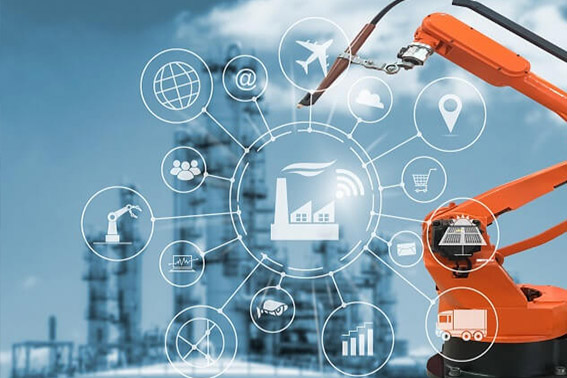
Compared with other stereo camera measurements, such as triangulation systems, binocular stereo cameras, ToF cameras are small in size and have excellent…
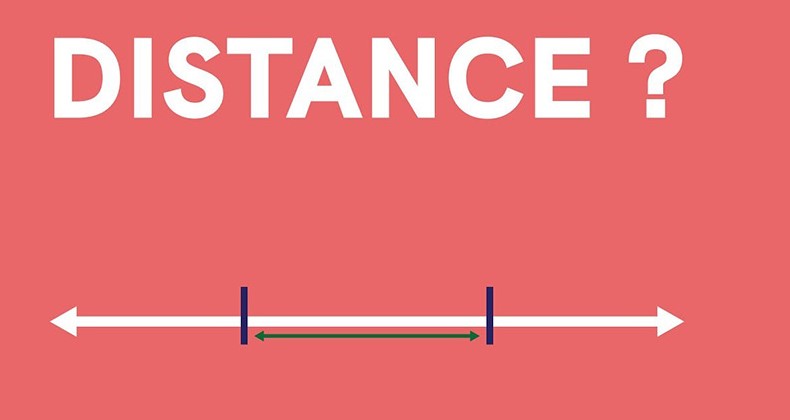
ToF sensor can perform 3D imaging by sensing the distance of multiple points. Generally, objects within 5 meters of the sensor can be detected, and even…
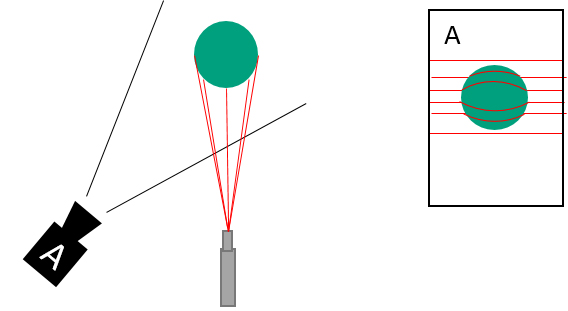
ToF camera technology transmits continuous infrared light pulses of a specific wavelength to the target, receives the light signal returned by the object to be…